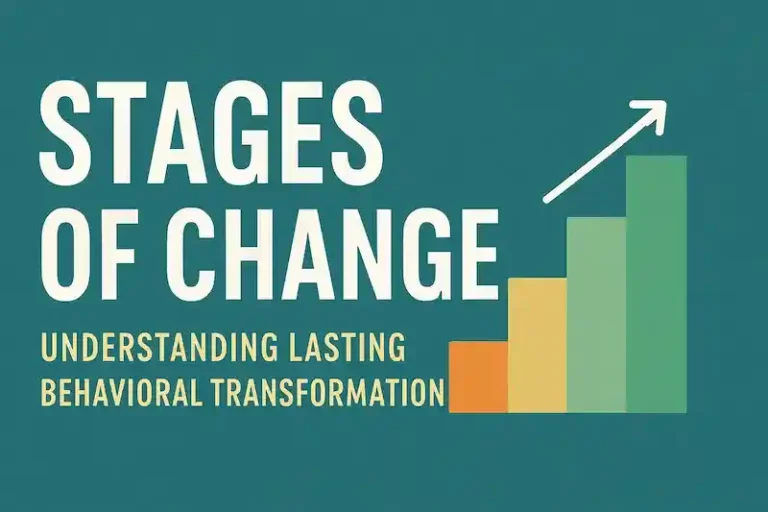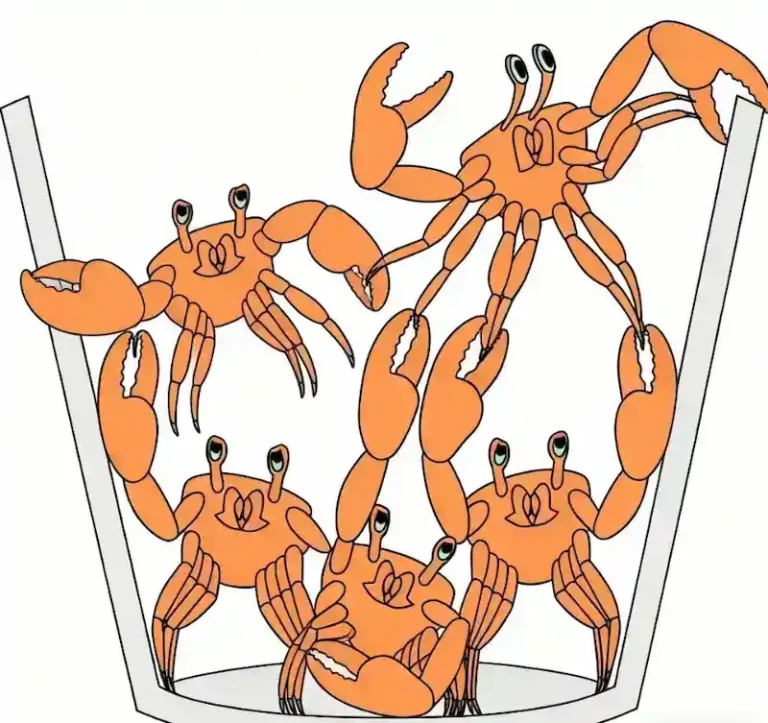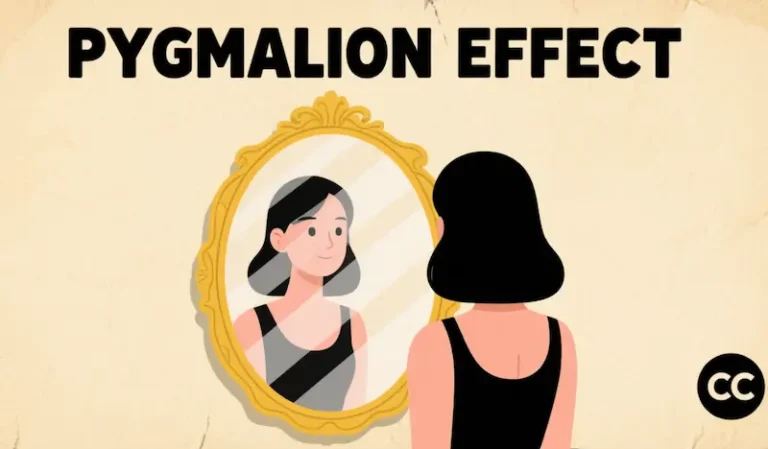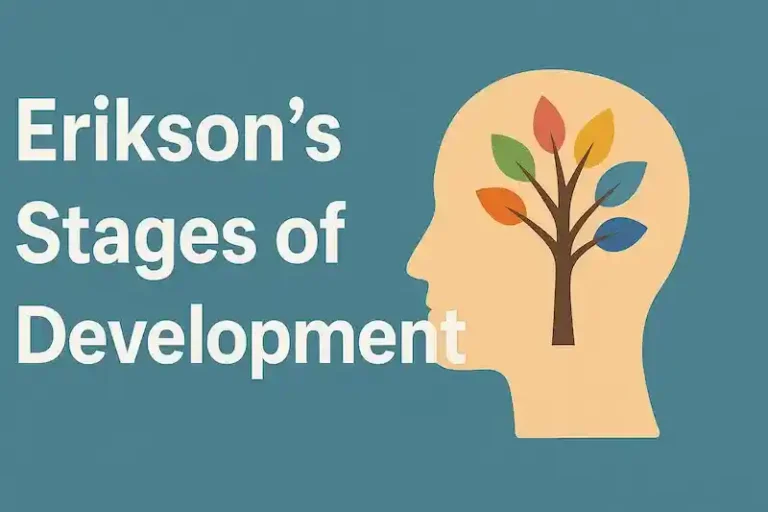Arrested Development: Meaning, Definition, and Psychological Insights
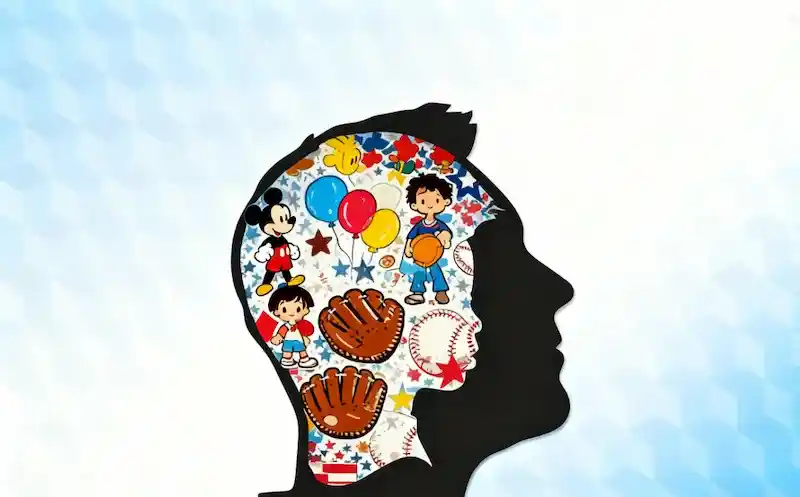
Table of Contents
I. Introduction
In psychology, the term “arrested development” refers to a situation where a person’s emotional, mental, or psychological growth has been halted or significantly delayed. You might have met adults who behave like children when facing challenges — unable to regulate their emotions, accept responsibility, or form mature relationships. This phenomenon is what psychologists describe as arrested development.
So, what is arrested development, and why does it happen? The phrase isn’t just a casual insult or a pop culture reference. It represents a genuine psychological concept with deep implications for emotional health, personality formation, and interpersonal relationships. Understanding the arrested development meaning helps us identify unhealed wounds that may have frozen part of our emotional growth — and shows that recovery is possible through awareness and therapy.
II. Arrested Development Meaning and Definition
Let’s begin with a clear arrested development definition. The word arrested means “stopped” or “brought to a halt,” while development refers to the process of growing or maturing — physically, mentally, or emotionally. Thus, the definition of arrested development is the cessation or severe delay of normal psychological or emotional growth.
In simple terms, someone with arrested development has reached a certain level of maturity chronologically (for example, as an adult) but remains emotionally “stuck” at a much younger age. This may manifest as childish reactions, dependency, avoidance of responsibility, or difficulty managing relationships.
In modern psychology, the arrested development term is often used to describe adults who are developmentally arrested — meaning their internal emotional world hasn’t caught up with their physical age.
III. The Origin of the Term “Arrested Development”
Historically, the term “arrested development” first appeared in early psychiatry and developmental psychology during the late 19th and early 20th centuries. Back then, it was used to describe individuals whose cognitive or emotional growth had stopped due to trauma, mental illness, or environmental deprivation.
Over time, the concept expanded beyond medical or neurological contexts. Psychologists began using arrested development to explain emotional immaturity and unresolved trauma in otherwise functional adults. The phrase developmentally arrested came to describe a psychological state rather than a physical or intellectual disability.
Today, this arrested development term is recognized in both clinical discussions and everyday language — often referring to people who appear “stuck” at a particular emotional age because of unprocessed pain or unmet childhood needs.
IV. Arrested Development in Psychology
In arrested development psychology, the concept refers to emotional immaturity resulting from unresolved trauma, neglect, or poor attachment during early life. The person’s psychological growth is interrupted, preventing them from developing healthy coping mechanisms, empathy, or emotional regulation.
Psychologists like Erik Erikson described human growth as a series of psychosocial stages — each requiring successful resolution to progress. When someone experiences trauma, abuse, or neglect at a specific stage, they may fail to complete that developmental task. The result is a “frozen” emotional state, where part of their personality remains developmentally arrested.
Common Psychological Patterns:
- A person who was emotionally neglected might become overly dependent on others for validation.
- Someone who grew up in chaos might seek constant control as an adult.
- A person who experienced rejection may display avoidant behavior or emotional detachment.
Therefore, to define arrested development in psychology is to describe a state of incomplete emotional evolution — where earlier wounds keep influencing adult thoughts, behaviors, and relationships.
V. Common Causes of Arrested Development
Arrested development rarely happens without a cause. Most often, it is rooted in unresolved emotional trauma or unmet developmental needs. Let’s explore some major causes:
1. Childhood Trauma or Neglect
When a child experiences physical, emotional, or verbal abuse, their brain may shift into survival mode, halting normal emotional development. The child learns to suppress feelings rather than express them — creating emotional paralysis that persists into adulthood.
2. Overprotection and Enmeshment
Excessive parental control or emotional enmeshment can also lead to developmentally arrested behavior. When children are not allowed to make mistakes or think independently, they struggle to develop self-trust and emotional autonomy later in life.
3. Emotional Deprivation
Children who grow up without consistent affection or validation may feel unworthy of love, leading to low self-esteem and dependency issues. Such deprivation stunts emotional growth, reinforcing the cycle of arrested development psychology.
4. Substance Abuse and Trauma Reenactment
Substance use often becomes a coping mechanism for emotional pain. Unfortunately, it also “freezes” the user at the emotional age when the trauma began. A 40-year-old addict might emotionally function like a teenager, unable to handle adult responsibilities.
5. Toxic Relationships
Being trapped in emotionally manipulative relationships — romantic or familial — can perpetuate emotional immaturity, keeping individuals psychologically “stuck.”
VI. Behavioral and Emotional Signs
People suffering from arrested development often exhibit clear emotional and behavioral patterns. These are not always easy to see from the outside, but they profoundly affect relationships and self-perception.
1. Emotional Immaturity
They may overreact to small frustrations, have difficulty handling criticism, or display childlike temper tantrums.
2. Avoidance of Responsibility
Tasks like financial management, long-term planning, or emotional accountability feel overwhelming.
3. Dependency on Others
A developmentally arrested person might rely heavily on a partner, friend, or parent to make decisions or provide emotional comfort.
4. Relationship Instability
They may idealize others quickly, then devalue them when disappointed — a behavior rooted in early attachment wounds.
5. Lack of Self-Reflection
They avoid self-examination because it triggers shame or vulnerability, preventing emotional maturity.
These behaviors highlight what arrested development means in real life: it’s not about being childish by choice but about being emotionally frozen at a stage where something went wrong.
VII. Real-Life Examples of Arrested Development
Consider these examples that illustrate the meaning of arrested development in everyday life:
- Example 1: A 35-year-old who still depends on their parents for money, approval, and decision-making, unable to sustain independence.
- Example 2: Someone who avoids conflict or emotional intimacy because they fear rejection, as they once did in childhood.
- Example 3: A person who turns to substances or distractions whenever emotions surface — unable to tolerate discomfort.
In each scenario, the person’s physical and intellectual age does not match their emotional development, demonstrating the essence of arrested development psychology.
Even in pop culture, this term appears — for instance, in the TV series Arrested Development, which humorously portrays a family of adults who act like immature children despite their wealth and age. The humor works because it reflects a real psychological truth.
VIII. Psychological Impact and Consequences
Arrested development affects not only individuals but also those around them. The consequences can be deep and long-lasting:
1. Emotional Turmoil
Unresolved childhood wounds often result in chronic anxiety, depression, or emotional instability.
2. Relationship Struggles
Because emotionally immature individuals lack self-awareness and empathy, they may repeat toxic patterns, causing conflict and disconnection.
3. Identity Confusion
Being developmentally arrested can create a fragmented sense of self — oscillating between adult logic and childlike impulses.
4. Low Self-Esteem and Shame
People may feel inherently “broken” or “defective,” not realizing their behavior stems from psychological arrest rather than moral failure.
5. Professional Stagnation
Inability to handle stress, accept feedback, or collaborate can hinder career growth, perpetuating the cycle of underachievement.
Ultimately, understanding the definition of arrested development helps explain why some adults seem perpetually trapped in adolescent-like behavior — not because they are lazy, but because their emotional growth was interrupted.
IX. Healing and Overcoming Arrested Development
The good news is that arrested development is not permanent. With awareness and therapy, people can “unfreeze” their emotional growth and reestablish healthy psychological functioning.
1. Therapy and Inner Child Work
Therapies such as Inner Child Healing, Cognitive Behavioral Therapy (CBT), and Trauma-Informed Counseling help individuals reconnect with suppressed emotions and reparent themselves — completing the developmental stages they once missed.
2. Building Emotional Awareness
Learning to name and feel emotions (rather than suppress them) is crucial. Emotional literacy restores the natural flow of development.
3. Responsibility and Boundaries
Taking responsibility for one’s actions, finances, and relationships rebuilds internal stability and self-trust.
4. Self-Compassion
Healing requires recognizing that emotional immaturity is not a personal flaw but a psychological wound that can be repaired.
5. Healthy Relationships
Surrounding oneself with supportive, emotionally mature individuals creates an environment that nurtures continued growth.
Through consistent self-work, a developmentally arrested adult can mature emotionally, build deeper relationships, and experience a renewed sense of personal freedom.
X. Conclusion
So, what does arrested development mean in its deepest sense? It’s the psychological state where part of one’s emotional or mental growth has been halted due to trauma, neglect, or fear — leaving the person “stuck” at an earlier stage of development.
To define arrested development is to recognize that it represents unfinished emotional growth, not hopelessness. By addressing past wounds, engaging in therapy, and practicing self-awareness, one can gradually restart that developmental journey.
Understanding the arrested development meaning isn’t just about diagnosing others — it’s about compassionately identifying where we, too, may be stuck, and finding the courage to grow again.

